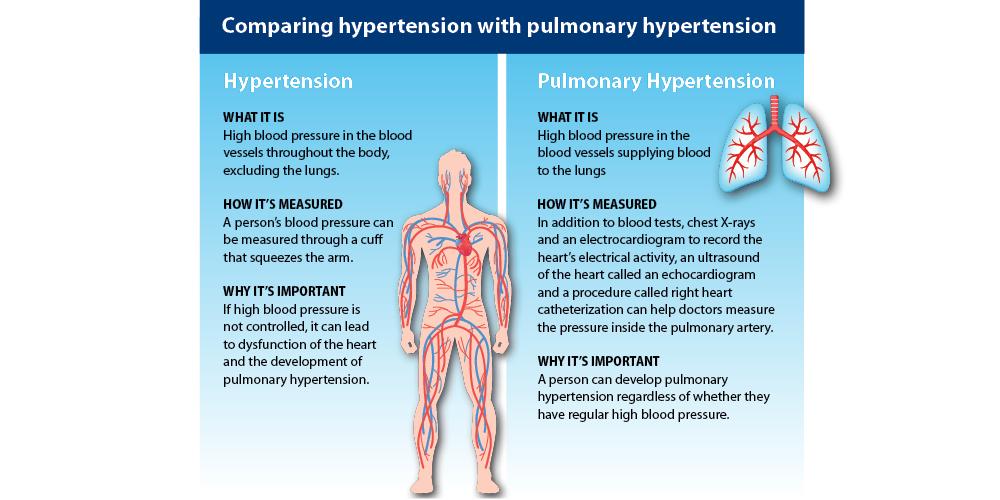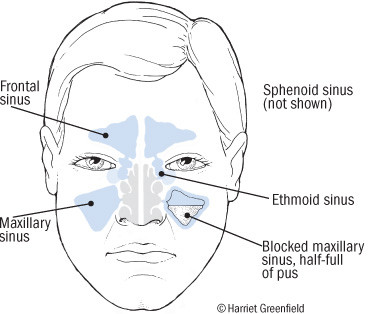Neck pain, also known as cervicalgia, is a common problem, affecting two-thirds of the population at some point in their lives. Although neck pain is felt in the neck, it can be caused by numerous other spinal problems. Neck pain may arise due to muscular tightness in both the neck and upper back, or pinching of nerves.

One serious cause to be aware of is cervical artery dissection. In this condition, the neck pain is unusual, persistent, and often accompanied by a severe headache. The neck pain from a carotid artery tear often spreads along the side of the neck and up toward the outer corner of the eye, while a vertebral artery tear may feel like something sharp is stuck in the base of your skull. These symptoms require immediate medical attention. Learn more about this at Harvard Health.
Pain in your back or neck can come on suddenly and intensely, or it can be chronic, lasting for weeks, months, or even years. The pain can be constant or intermittent. Despite advances in technology, the exact cause of back and neck pain is often hard to pinpoint. In most cases, back and neck pain may have many different causes, as explained by the University of Rochester Medical Center.
To soothe a sore neck, initial remedies include rest, ice, and heat, followed by gentle stretching and strengthening exercises. It’s also important to avoid bad posture and other habits that could trigger neck pain. The causes of routine strain-and-sprain neck pain vary. More details on managing and preventing neck pain can be found at Harvard Health.
If your neck aches, it could be due to the strain of supporting your head. Various treatments can effectively relieve neck pain, even without a clearly diagnosed cause. Learn about the many causes of neck pain and how to relieve your pain, restore function, and prevent injury at Harvard Health.
Chronic neck pain may start with a damaged or irritated nerve, but eventually, the brain itself may generate the pain signals. Understanding the difference between acute and chronic pain is crucial. More information on this topic is available at Harvard Health.
Back and neck pain can be caused by overuse, misuse, injury, or problems with nerves, muscles, bones, joints, or specific areas of the spine. Sometimes, internal organs like the gallbladder and pancreas can also cause these pains. Northwell Health’s Orthopaedic Institute provides more insights into these causes.
Spinal injuries and conditions, including spinal stenosis, can lead to neck and back pain. Symptoms like stiffness, posture problems, and pain should be assessed by a spine physician. Imaging tests such as X-rays, EOS images, or MRIs are often necessary for diagnosis. Detailed information on spinal injuries and treatments can be found at the Hospital for Special Surgery.
Spinal stenosis is a condition where the spinal canal narrows, causing pressure on the nerves. This pressure can result in pain, numbness, or weakness in the extremities. Cervical stenosis affects the arms, legs, and sometimes balance, while lumbar stenosis typically affects the buttocks and legs. More about spinal stenosis can be learned at Hospital for Special Surgery.


